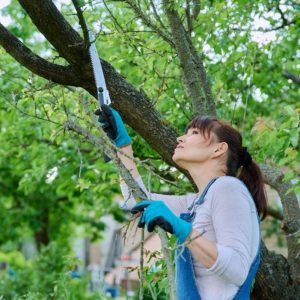
Are your trees looking overgrown and in need of some attention? Tree pruning is an essential task that helps maintain the health and appearance of your trees. If you’re wondering how to find tree pruning services near you, we’ve got you covered. In this article, we’ll discuss the importance of tree pruning, factors to consider when looking for tree pruning services, tips for finding local providers, preparing for…










